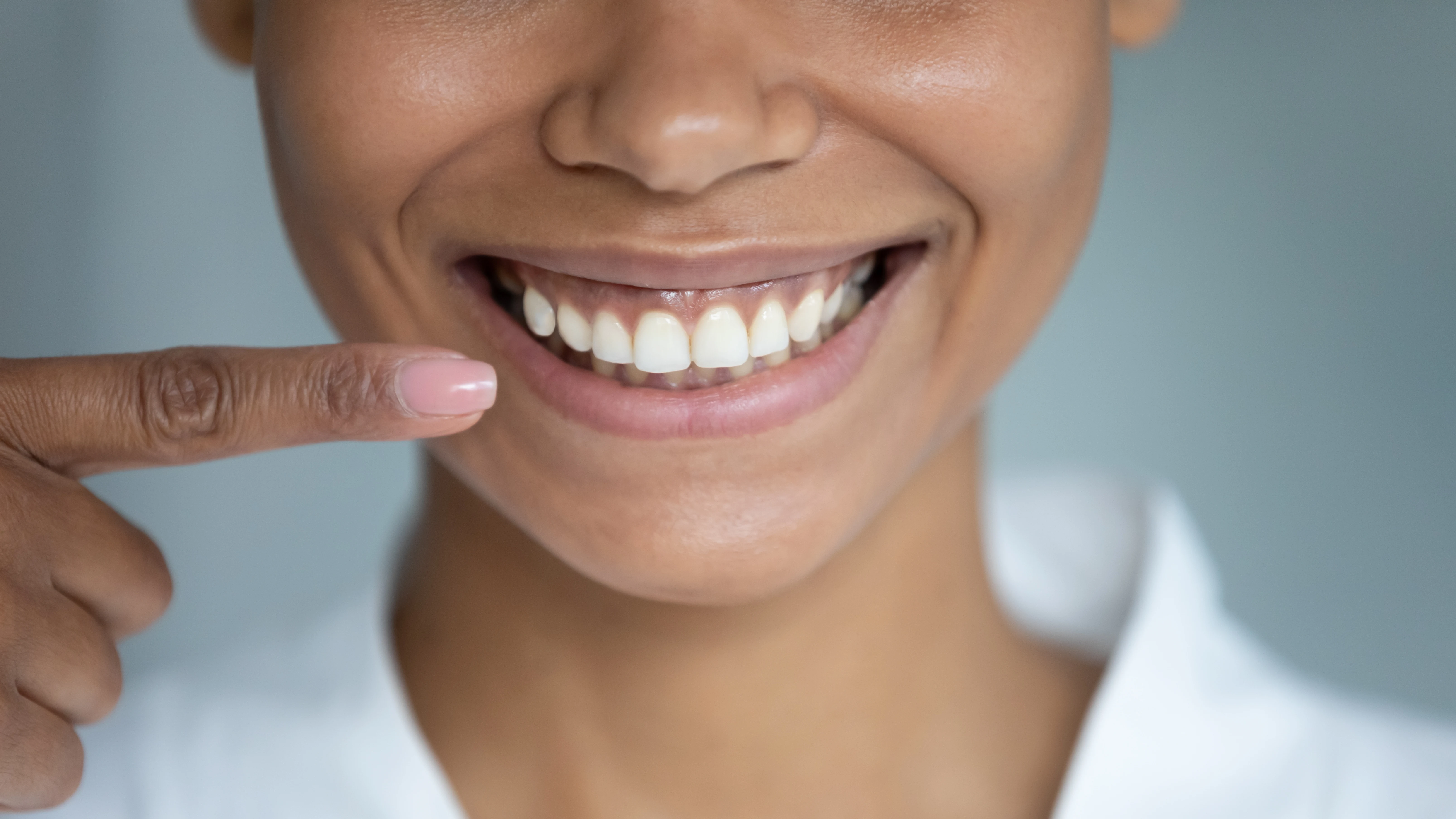
What Do Healthy Gums Look Like?

This blog has been reviewed and approved by Francesca Dusio, an Italian registered Dentist with a strong international background.
Table of Contents
Key Takeaways
- Gums should appear pink and firm and should not bleed when brushed or flossed. Healthy gums are crucial to your oral health and can help prevent gum disease, tooth loss, and other health issues.
- If your gums are unhealthy, they’ll appear red and swollen. They may also bleed when you brush or floss. These are signs of gum disease, which can result in irreversible tooth and bone loss. Luckily, if the gum problem is mild, it can be reversed with diligent care.
- The key to maintaining healthy gums is brushing twice a day, flossing, and being extra mindful of your oral health. Lifestyle factors also play a role in healthy gums, including eating a healthy diet and avoiding smoking and stress.